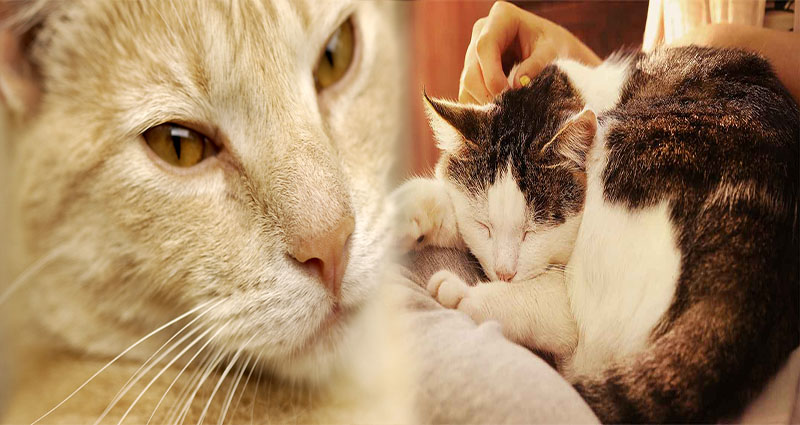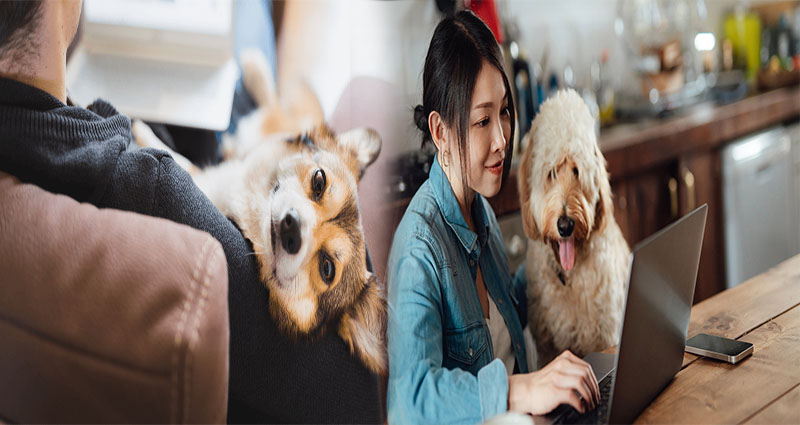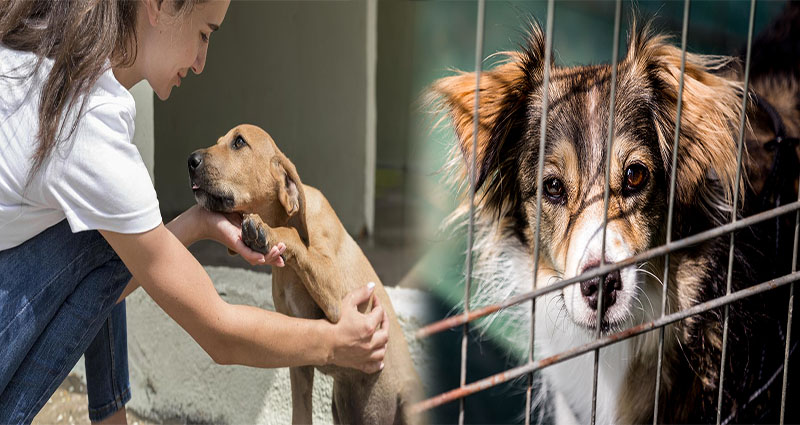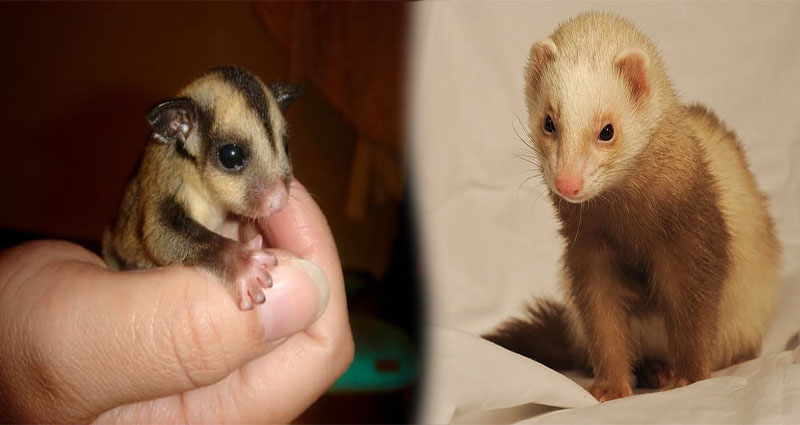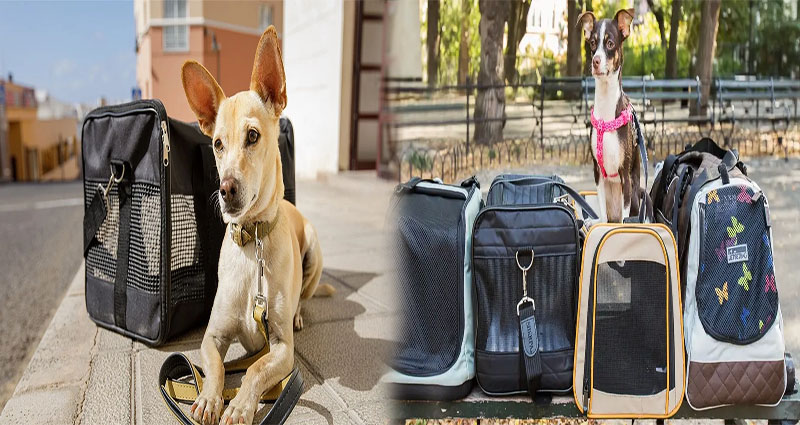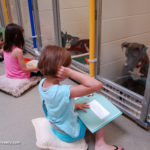Tips for Providing a Loving Forever Home When Adopting a Senior Cat
Adopting a senior cat can be an incredibly rewarding experience. These older feline companions bring a sense of wisdom, calmness, and companionship to our lives. However, providing a loving forever home for a senior cat comes with some unique considerations. In this article, we will provide you with essential tips to ensure a smooth transition and a happy life for your newly adopted senior feline friend.
1. Prepare Your Home
Before bringing your new senior cat home, make sure to prepare a safe and comfortable space for them. Senior cats may have specific needs such as easier access to food and water bowls, litter boxes with lower sides for easy entry, and cozy and quiet resting areas. Create a warm and inviting environment by providing soft bedding, scratching posts, and toys to keep them entertained and mentally stimulated.
2. Slow and Gentle Introduction
Senior cats may take longer to adjust to their new surroundings, so be patient with the introduction process. Give them time to explore their new environment at their own pace. Gradually introduce them to different areas of the house, one room at a time, allowing them to feel secure and establish their territory. Provide hiding spots or elevated perches where they can retreat when feeling overwhelmed.
3. Establish a Routine
Senior cats thrive on routine, so it’s important to establish a consistent daily schedule. Feed them at regular times, and provide fresh water continuously. Set up a comfortable sleeping area where they can have quiet, uninterrupted rest. … Read More >>>

